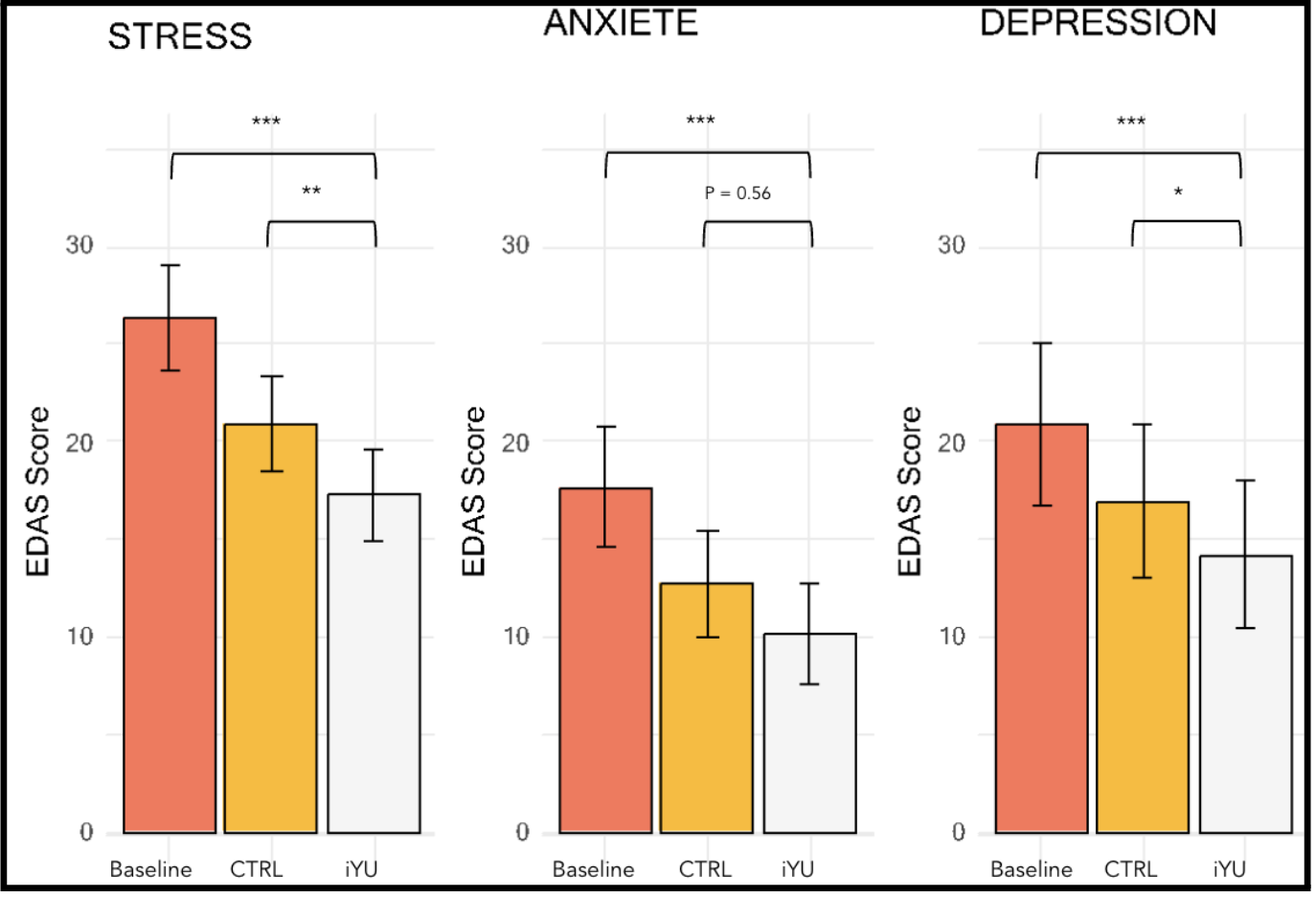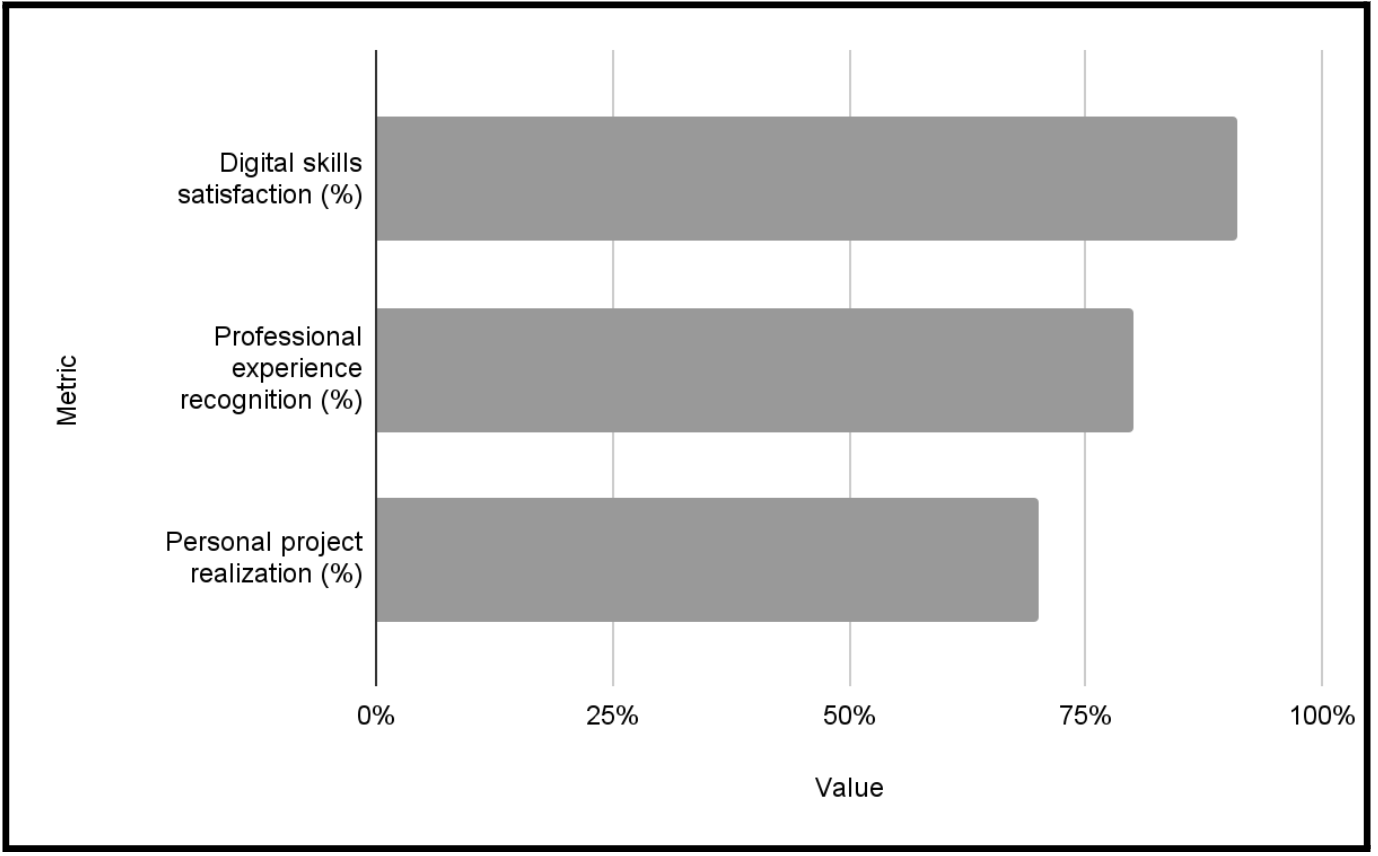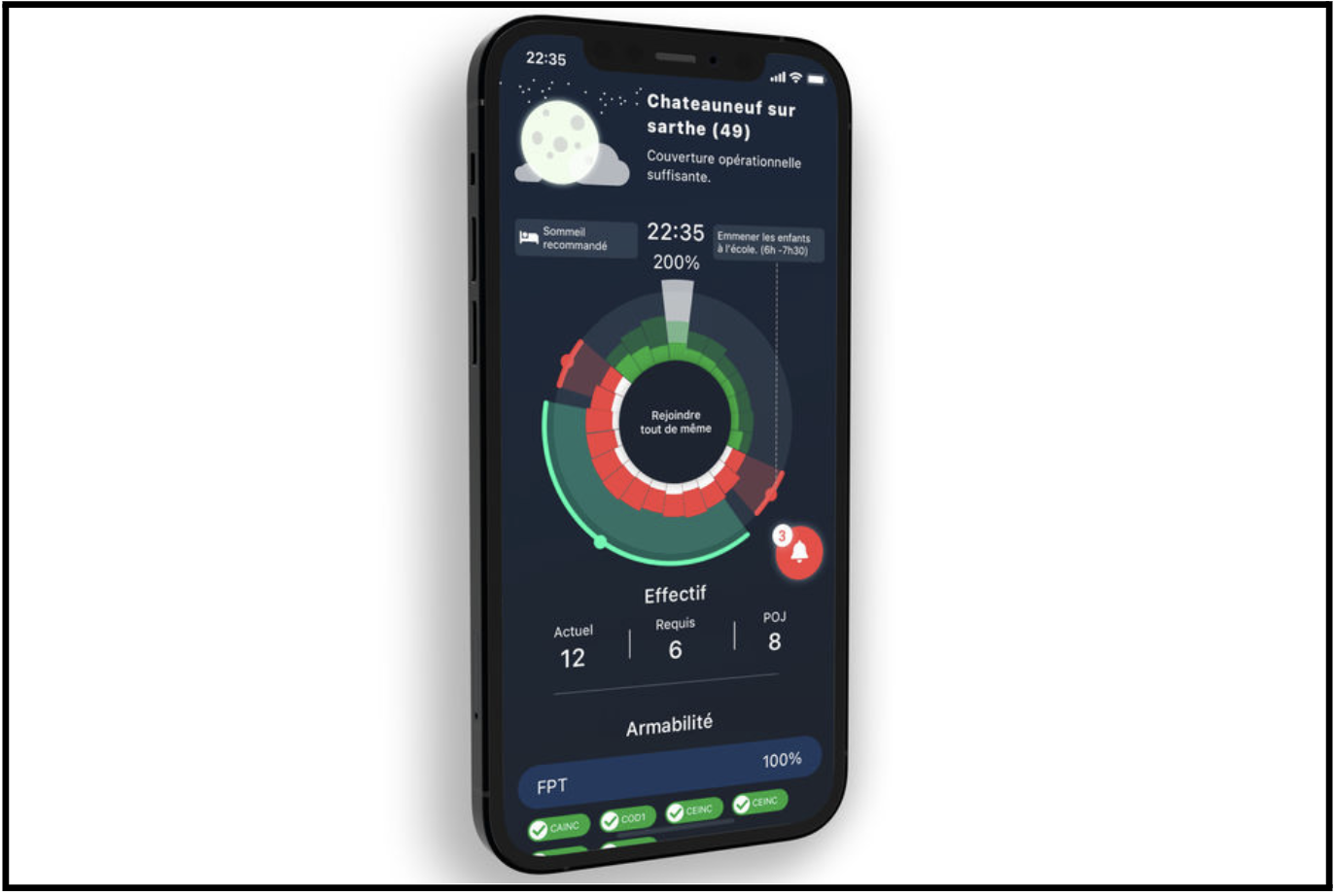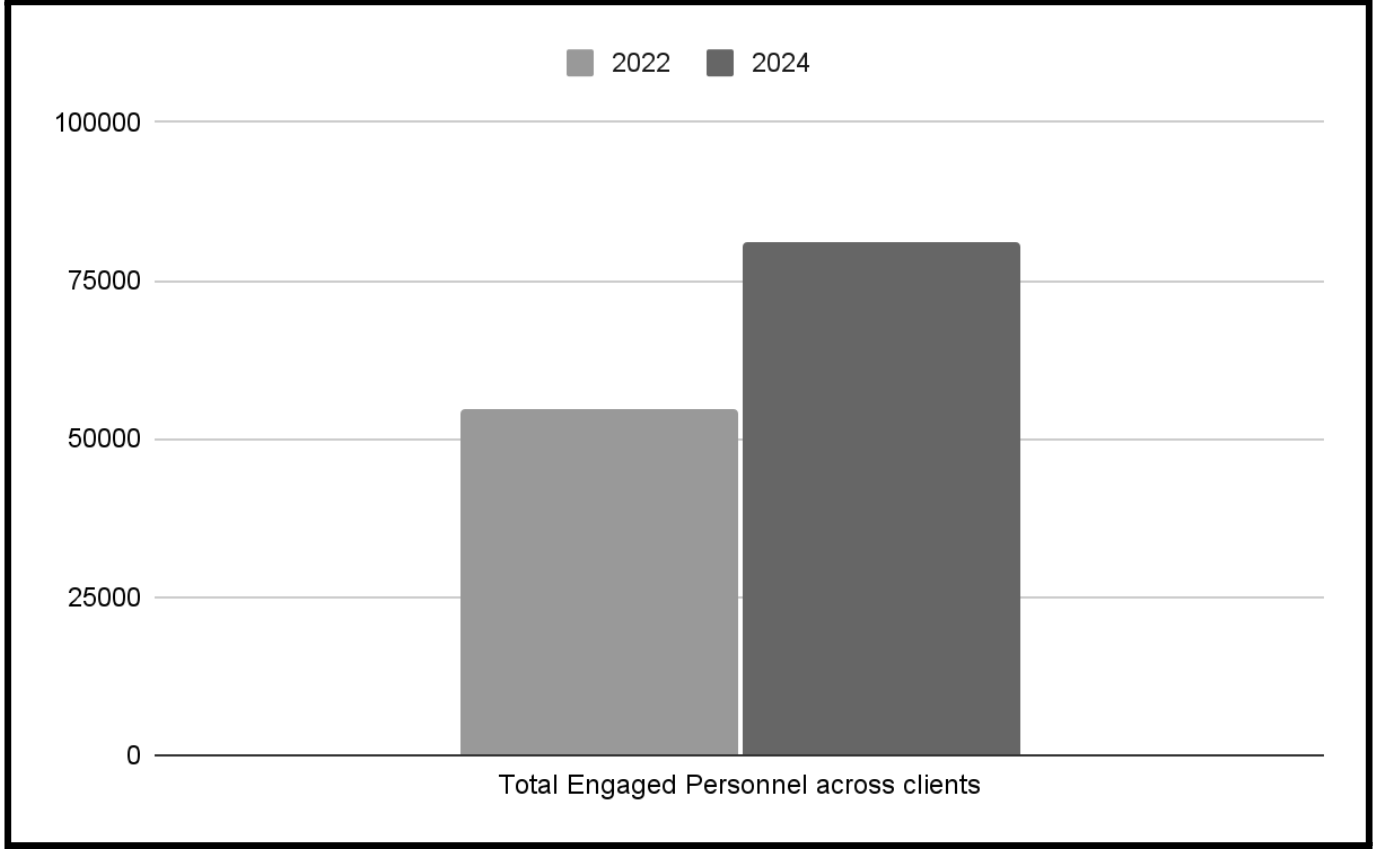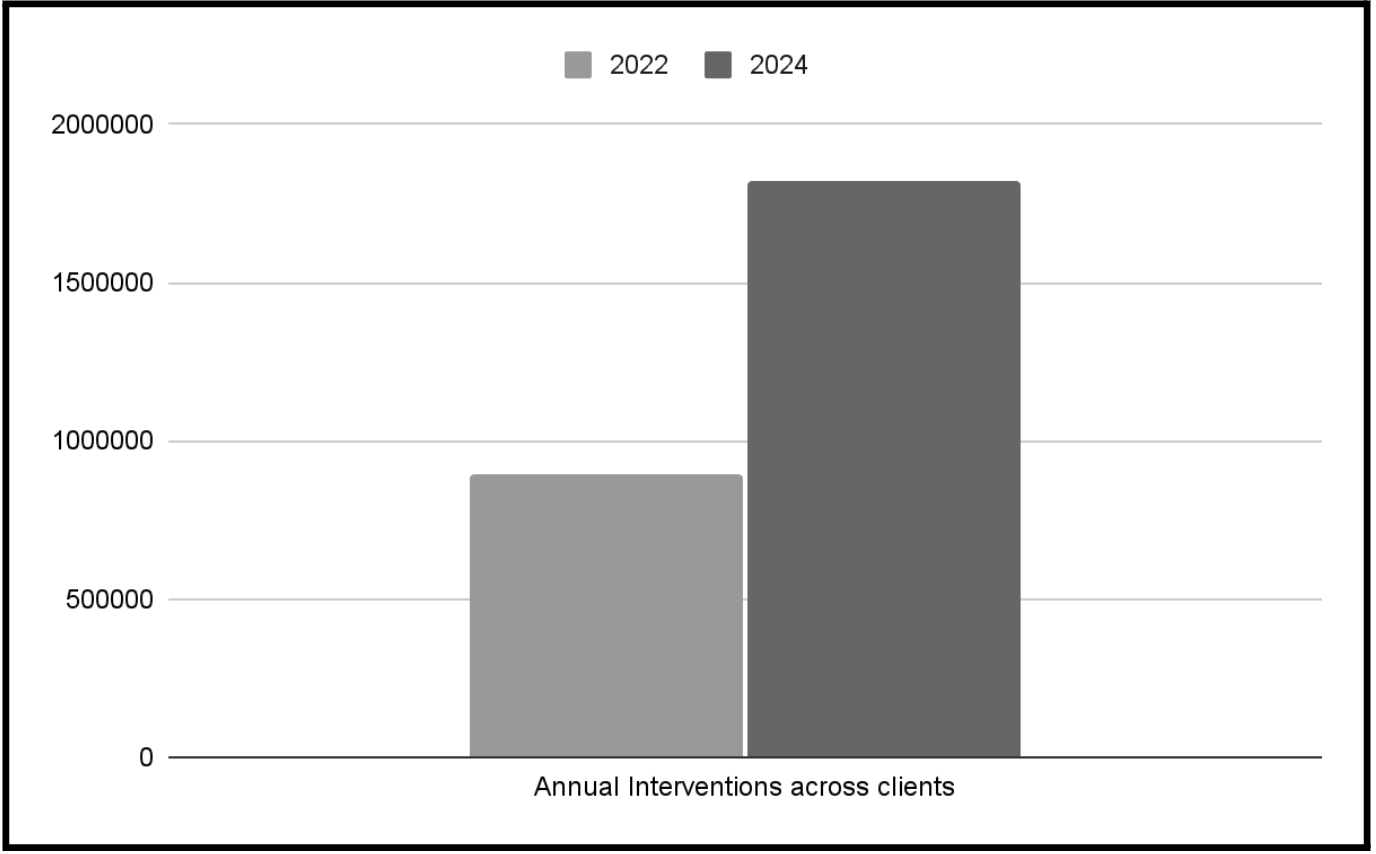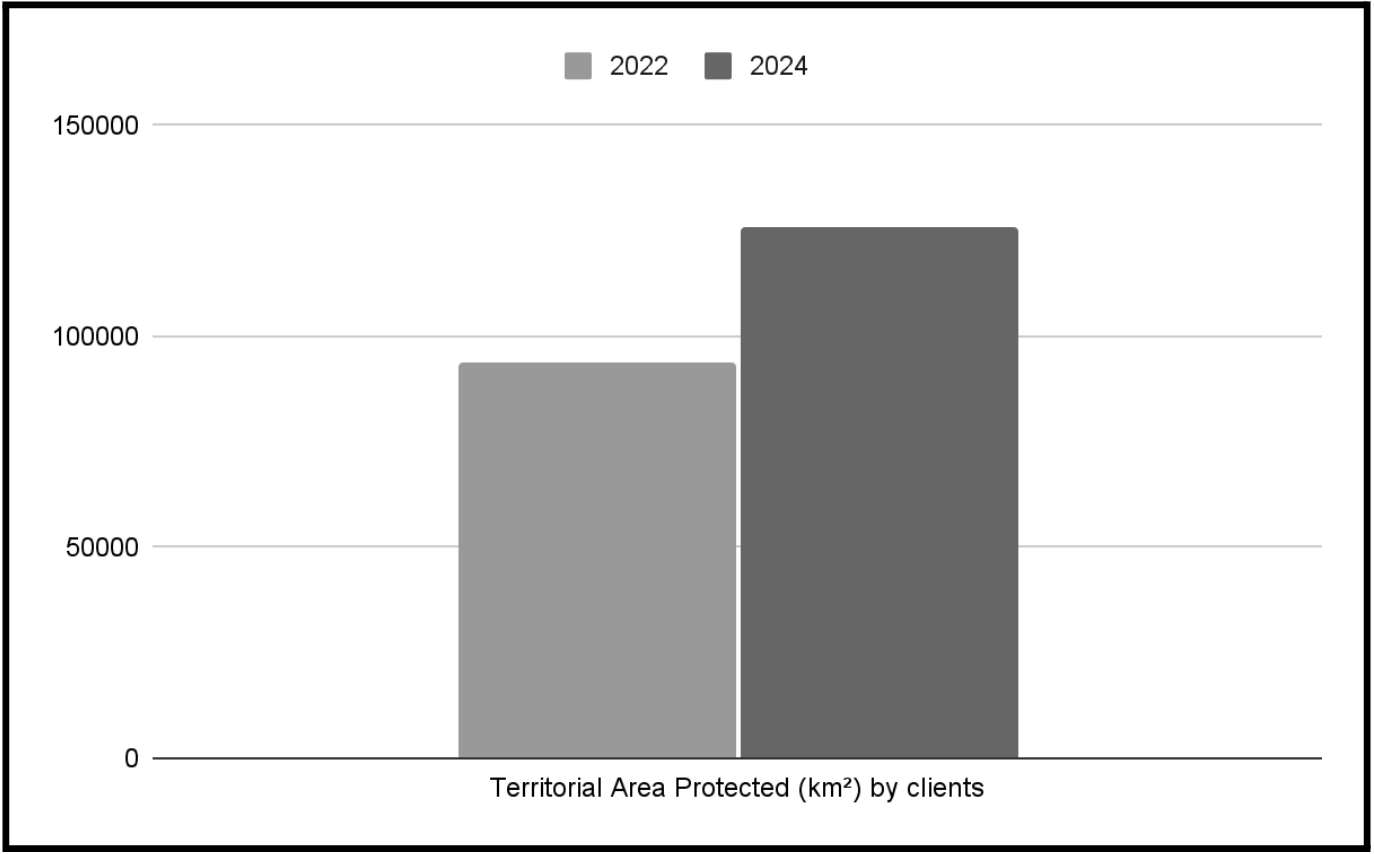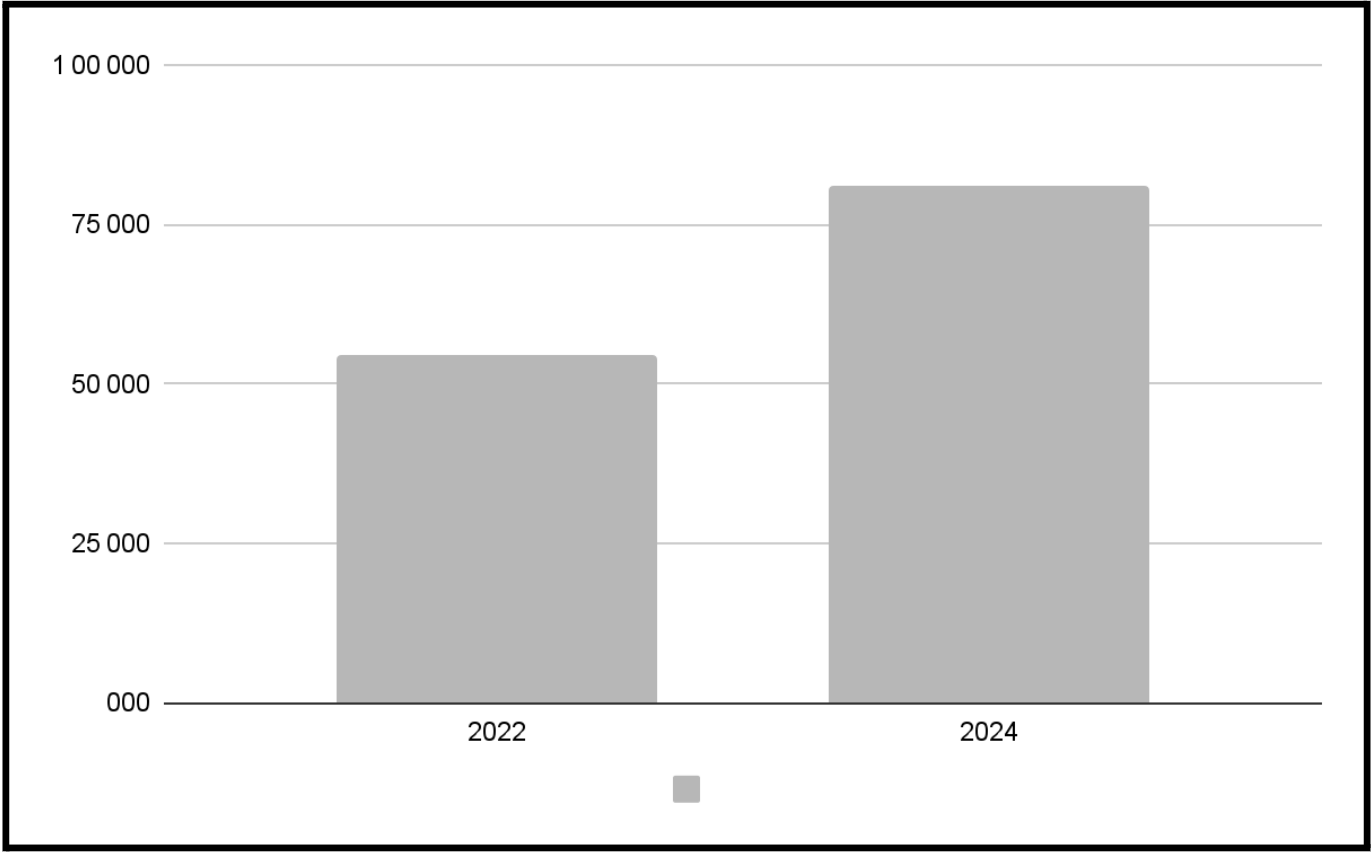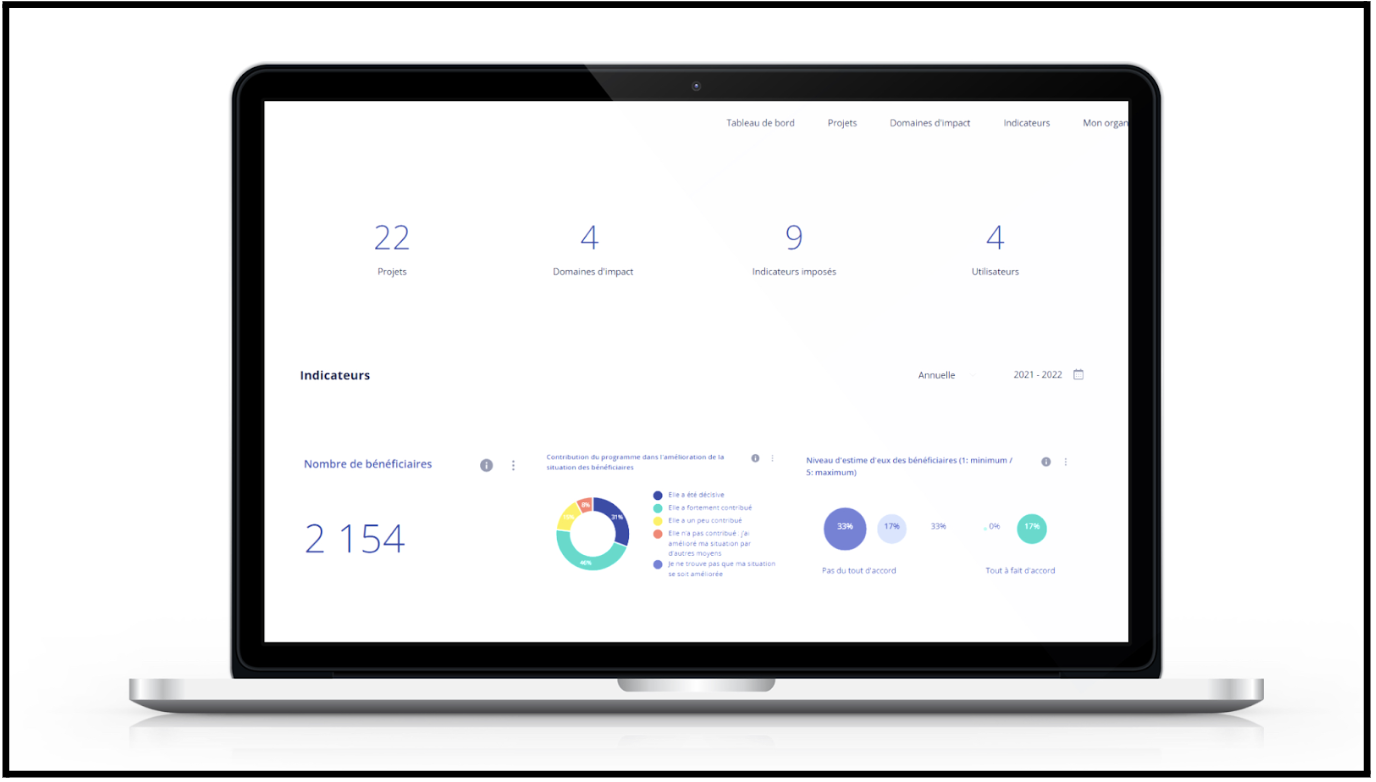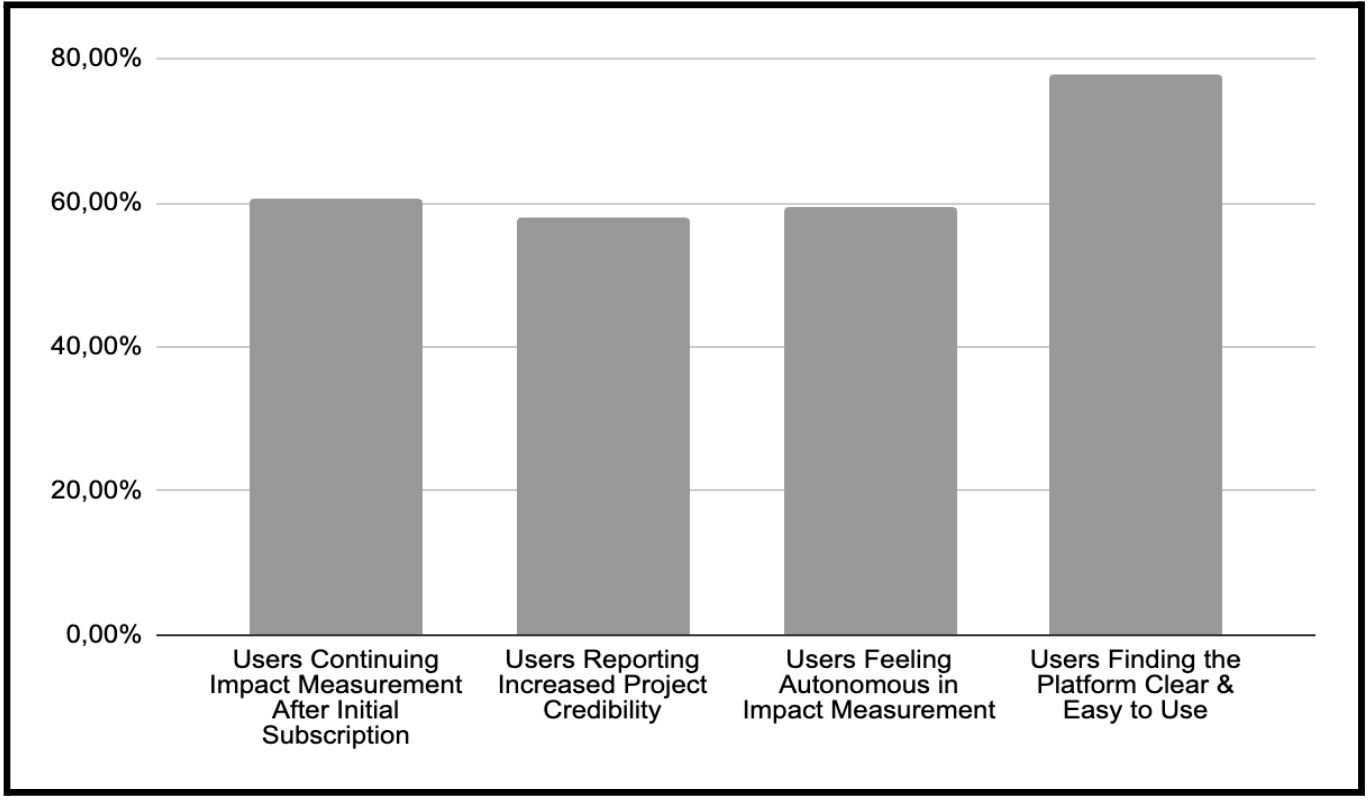Methodology: Understanding Investor Interest Through Models, Outcomes, and Market Signals
This article is based on an analysis of venture studio performance data, institutional investor trends, and commentary from founders and fund managers across Europe and the U.S. It examines why LPs and corporate partners are increasingly backing the venture studio model, and how it aligns with capital-efficient innovation and risk mitigation.
In Brief: What’s Driving Interest?
Venture studios reduce startup risk through internal ideation, shared operations, and early product-market fit support.
Investors are drawn to the repeatable nature of the studio model and its portfolio optionality.
Studios often deliver higher ownership stakes, clearer paths to scale, and shorter time to value realization.
The model aligns well with corporate innovation strategies and emerging markets.
Studio economics are evolving to appeal to both traditional LPs and hybrid backers.
The Studio Model Offers a More Controlled Startup Building Process
Unlike traditional VCs that back external founders, venture studios originate and launch companies in-house, providing founding teams, initial capital, and operational resources. From day one, the studio has owned a significant equity position and maintains strategic oversight.
For investors, this structure reduces early-stage chaos. Ideas are pressure-tested before teams are formed. Hiring, product development, and GTM are handled with experienced operators.
This disciplined approach to entrepreneurship improves the odds of success and makes capital deployment more predictable.
Portfolio Construction: More Shots on Goal, Less Waste
Venture studios are built for portfolio logic. Instead of betting big on a single founder or product, they launch multiple companies in parallel, iterate fast, and shut down underperformers early.
For investors, this reduces downside risk. Studios can reallocate capital, reuse talent, and recycle insights across ventures. A single studio may create 10–20 startups over a few years, all from a shared knowledge base and infrastructure.
This portfolio optionality is appealing to LPs looking for high upside with downside protection.
Ownership and Exit Potential Are More Attractive
Because studios are co-founders, they often retain 25–50% equity stakes in their startups at launch, significantly higher than typical VC-backed models.
This concentrated ownership means that when a studio-backed company succeeds, the returns are larger and more direct. For investors in the studio itself, this structure translates into more meaningful exit participation per win.
Moreover, studios often guide startups to exit-readiness faster. With shared legal, hiring, and product resources, time-to-Series A (and beyond) is compressed.
Alignment with Corporate and Institutional Capital
Studios are also uniquely suited for corporate venture partnerships and family office co-building.
Corporates like the model because it offers them a front-row seat to innovation without the risk of internal R&D. For family offices, studios provide a way to co-create meaningful, values-aligned businesses without needing to incubate from scratch.
The model’s transparency, governance, and strategy-first approach make it easier to manage risk while fostering long-term engagement.
Studios Are Building in Emerging and Underserved Markets
Studios are increasingly being used to catalyze innovation in emerging markets, where capital is scarce but talent is abundant.
By controlling startup formation centrally, studios reduce the operational risk of building in fragmented or early ecosystems. They also attract LPs interested in impact investing, climate solutions, and regional development without sacrificing returns.
This makes the model a compelling vehicle for mission-aligned funds, development finance, and global innovation networks.
Final Thought: Studios Offer a New Kind of Investor Alignment
The rise of venture studios isn’t just about better startup outcomes. It’s about better alignment between capital, creators, and customers.
Studios combine the creativity of entrepreneurship with the structure of private equity. For investors, this means fewer surprises, more visibility, and a clearer path from idea to exit.
As more LPs rethink how they allocate to early-stage innovation, the venture studio model will continue to gain traction not as a trend, but as a tool for sustainable, scalable company building.







